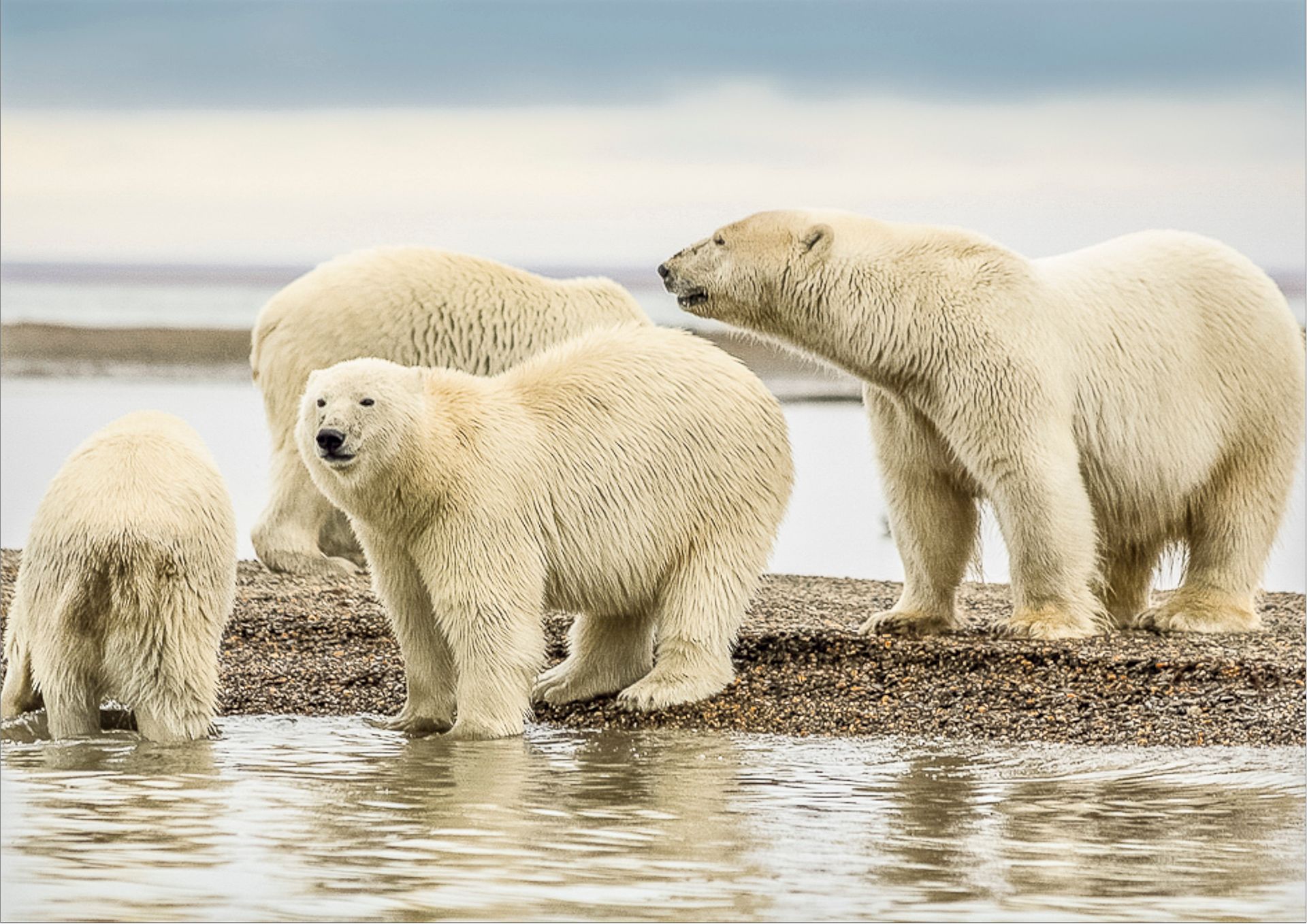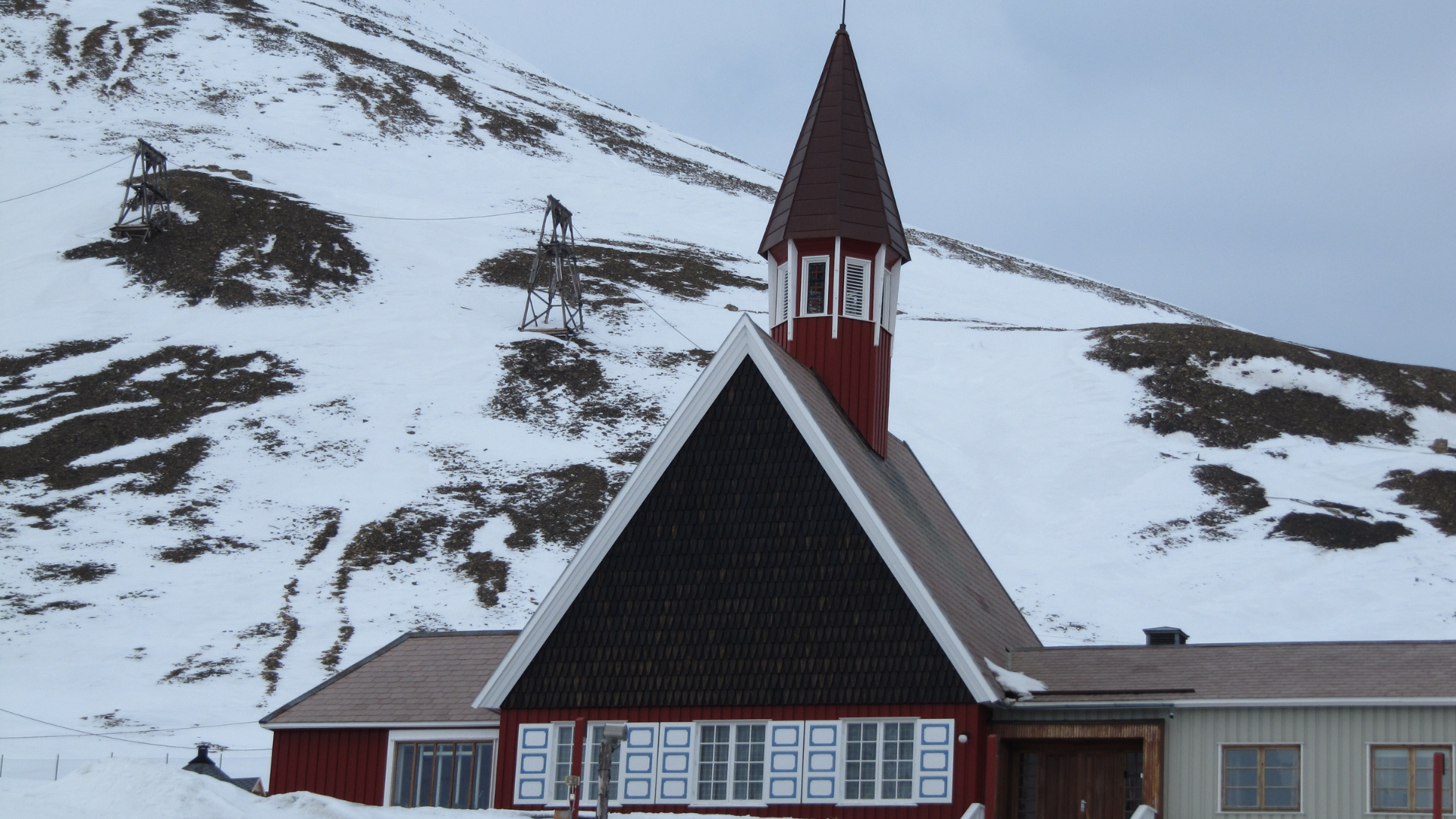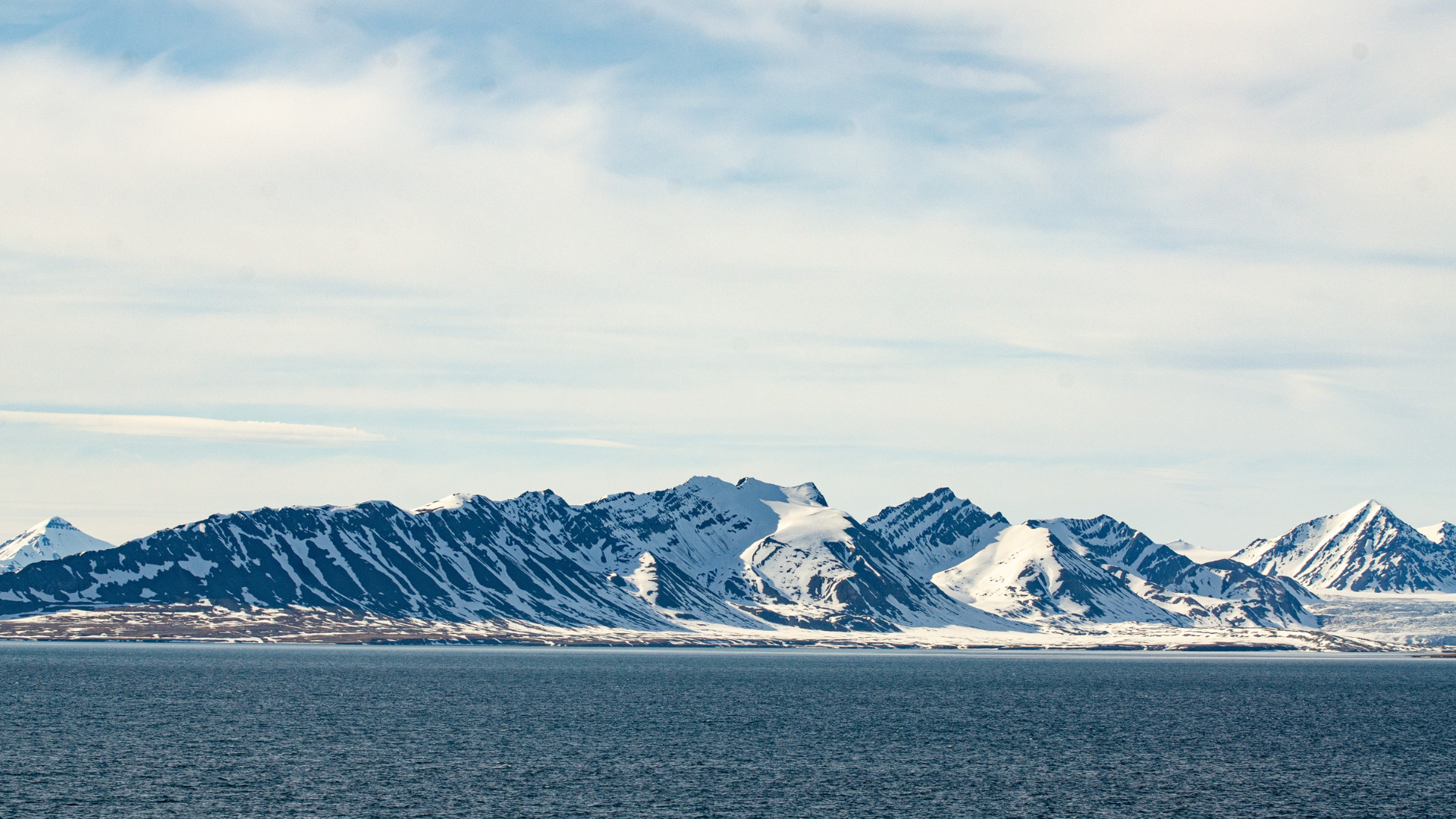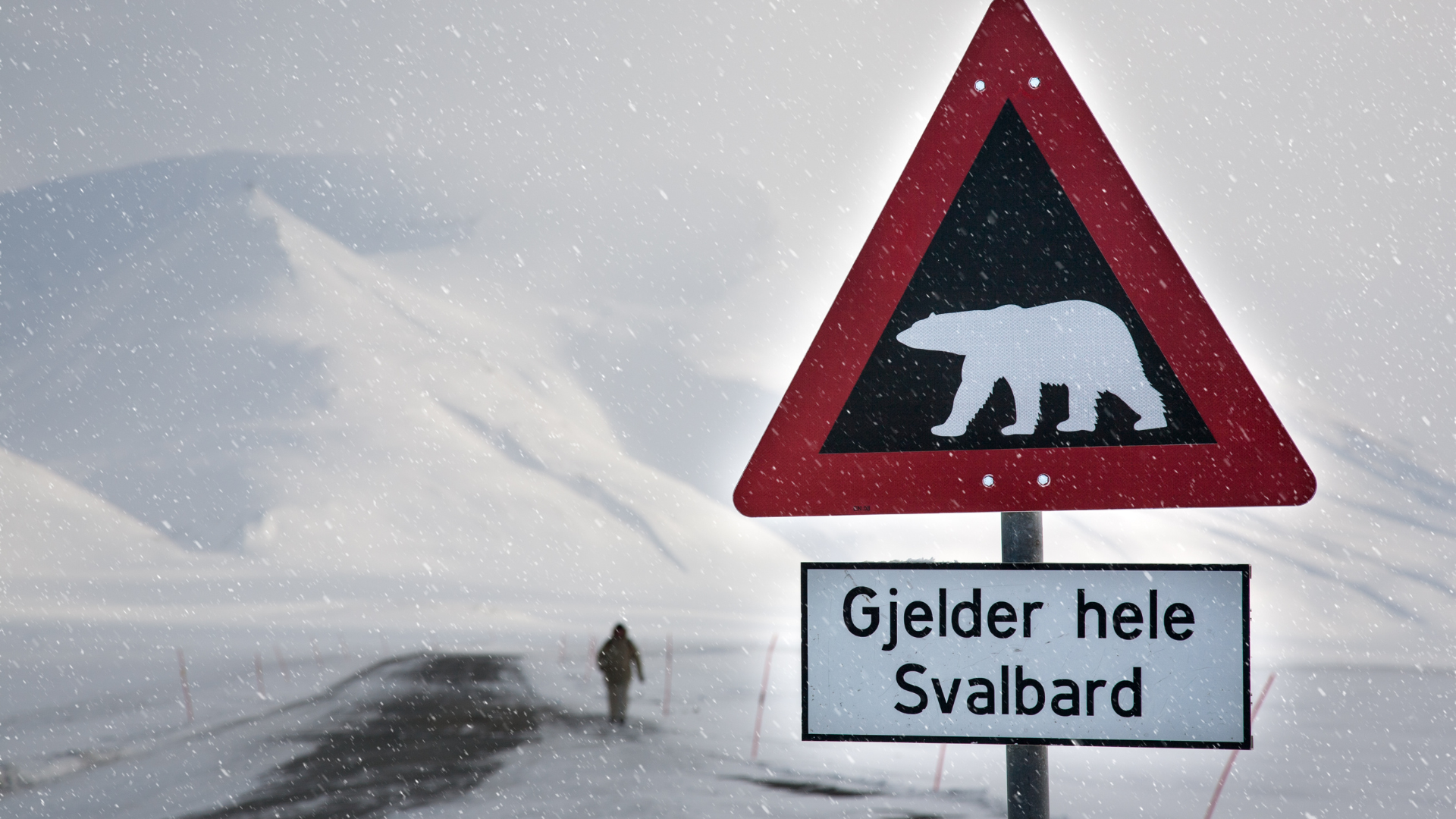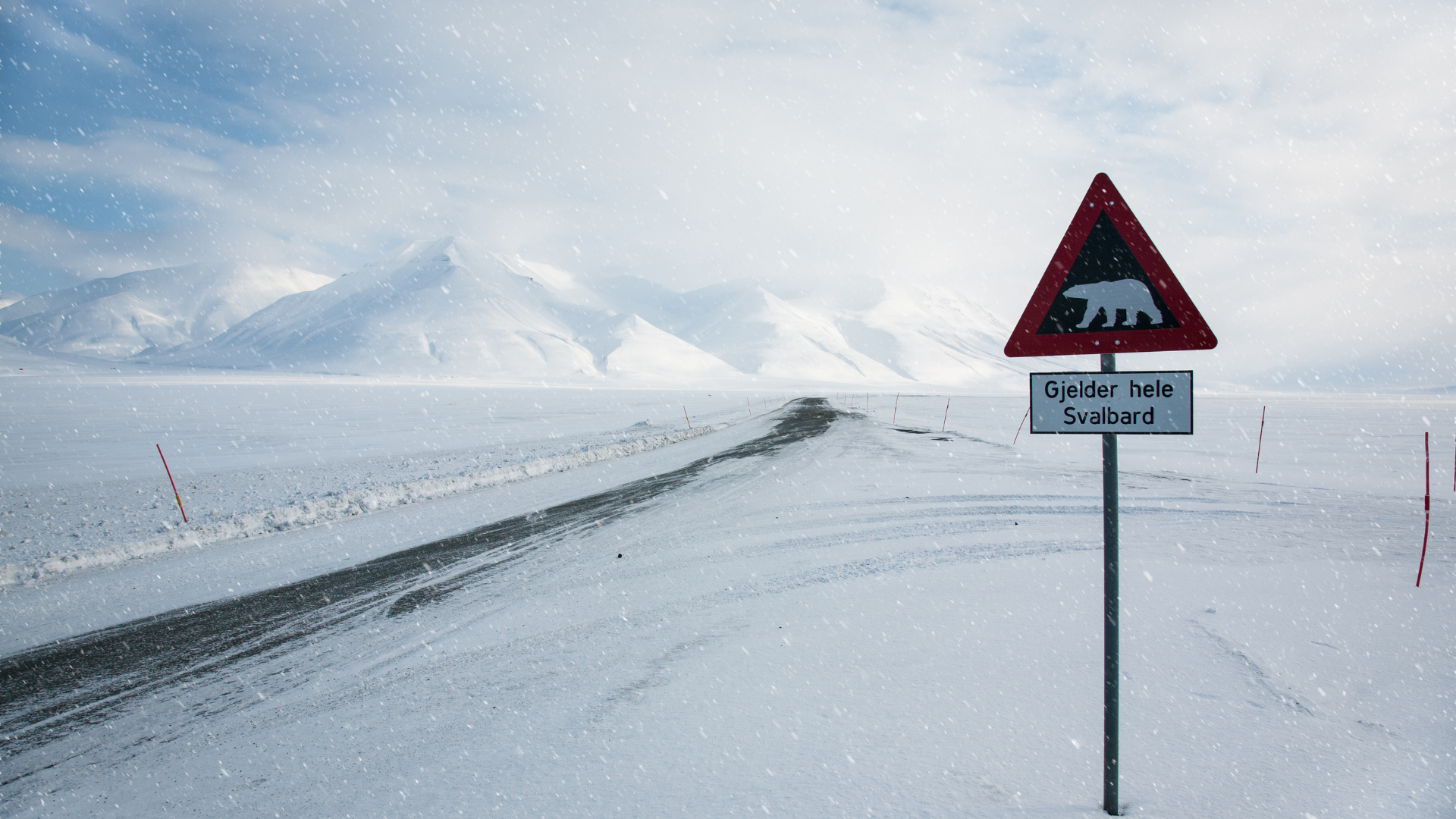Exploring the Arctic Wilderness: The Fascinating Wildlife of Svalbard
Located within the icy embrace of the Arctic Ocean, Svalbard is home to a diverse array of wildlife that has adapted to survive in one of the harshest environments on Earth. From the iconic polar bears to elusive Arctic foxes and majestic reindeer, the archipelago teems with life, offering a glimpse into the unique ecosystems of the Far North. Join us on an exploration of Svalbard's fascinating wildlife and the challenges these species face in their icy habitat.
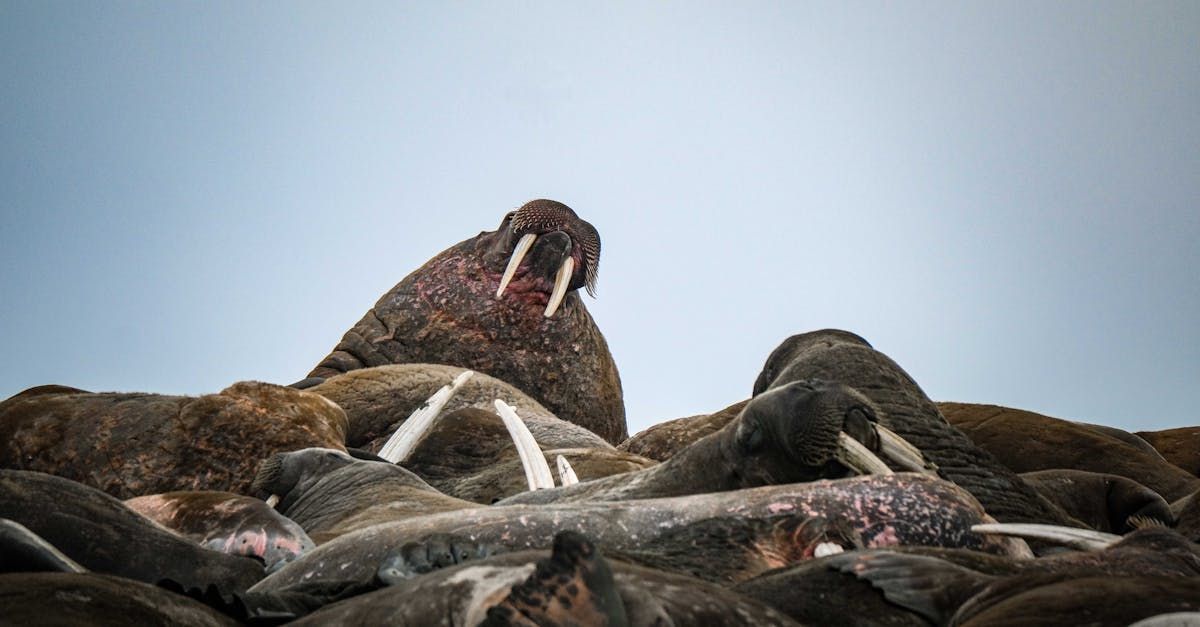
Polar Bears:
Polar bears are synonymous with the Arctic, and Svalbard is home to one of the largest populations of these magnificent predators. These apex predators are superbly adapted to their icy environment, with thick fur to insulate against the cold and powerful limbs for traversing the sea ice. Svalbard's polar bears primarily hunt seals, relying on their keen sense of smell to locate breathing holes in the ice. However, climate change poses a significant threat to polar bears, as melting sea ice reduces their hunting grounds and forces them to travel greater distances in search of food.
Arctic Foxes:
Arctic foxes are another iconic species found in Svalbard, with their thick, fluffy fur and remarkable endurance in extreme cold. These resourceful predators feed on a variety of prey, including seabirds, eggs, small mammals, and carrion. Arctic foxes have adapted to the harsh Arctic climate by changing the color of their fur from brown in summer to white in winter, providing camouflage against the snow. Despite their adaptability, Arctic foxes face threats from habitat loss, competition with red foxes introduced to the archipelago, and predation by polar bears.
Reindeer:
Reindeer, also known as caribou, roam the tundra of Svalbard in search of lichen and other vegetation to graze on. These herbivores undertake long migrations across the archipelago, following age-old routes passed down through generations. Reindeer have adapted to the Arctic environment with specialized hooves that provide traction on snow and ice. However, changes in vegetation patterns due to climate change and increased human activity pose challenges to reindeer populations in Svalbard.
Marine Life:
Svalbard's surrounding waters are teeming with marine life, including seals, whales, walruses, and a variety of seabirds. Ringed seals and bearded seals are common sights on the sea ice, while larger species such as beluga whales and narwhals ply the icy waters of the Arctic Ocean. Walruses gather in large numbers on coastal haul-out sites, where they bask in the sun and socialize with one another. Seabirds, including guillemots, puffins, and kittiwakes, nest on cliffs and rocky outcrops, taking advantage of the abundant marine resources of Svalbard's coastal waters.
Seabirds and Arctic Avifauna:
Svalbard's cliffs and rocky shores are bustling with seabird activity, making it a paradise for birdwatchers. Species such as guillemots, puffins, kittiwakes, and fulmars form large colonies on the steep cliffs, where they nest and raise their young. These seabirds rely on the nutrient-rich waters surrounding Svalbard for their food supply, feeding on fish, crustaceans, and plankton. The summer months are a particularly busy time for seabird colonies, as they come alive with the sights and sounds of breeding activity.
In addition to the resident seabirds, Svalbard serves as an important breeding ground and stopover site for migratory birds traveling between their Arctic breeding grounds and wintering areas further south. Species such as the barnacle goose and the purple sandpiper make their home in Svalbard during the summer months, taking advantage of the long daylight hours and abundant food resources. The archipelago's pristine wilderness and protected habitats provide essential breeding grounds for these avian species, highlighting the importance of conservation efforts to preserve their populations.
Challenges and Conservation Efforts:
While Svalbard's wildlife is resilient, it faces a myriad of challenges in the rapidly changing Arctic environment. Climate change poses perhaps the most significant threat, impacting everything from sea ice dynamics to vegetation patterns and prey availability. For polar bears, the loss of sea ice means reduced access to their primary food source, leading to longer fasting periods and increased competition for limited resources. Arctic foxes, reliant on polar bears' leftovers, may also face food shortages as a result.
Human activities such as shipping, tourism, and resource extraction also pose threats to Svalbard's wildlife. Increased ship traffic in Arctic waters increases the risk of oil spills and disturbances to marine mammals, while tourism activities such as snowmobiling and hiking can disrupt nesting birds and disturb wildlife. Resource extraction, such as mining and oil drilling, can fragment habitats and introduce pollutants into the environment, further impacting vulnerable species.
To address these challenges, conservation efforts in Svalbard focus on habitat protection, research, and education. Designated nature reserves and protected areas provide vital refuges for wildlife, allowing species to thrive away from human disturbances. Scientific research plays a crucial role in monitoring wildlife populations, studying their behavior, and understanding the impacts of climate change on Arctic ecosystems. Education and outreach initiatives raise awareness about the importance of conservation and promote sustainable practices among residents and visitors alike.
Conclusion: Svalbard's wildlife is a testament to the resilience and adaptability of life in the Arctic. From the mighty polar bear to the nimble Arctic fox and the majestic reindeer, each species plays a vital role in the delicate balance of Svalbard's ecosystems. As the effects of climate change continue to reshape the Arctic landscape, conservation efforts are more important than ever to ensure the survival of Svalbard's iconic wildlife for future generations to admire and cherish.
